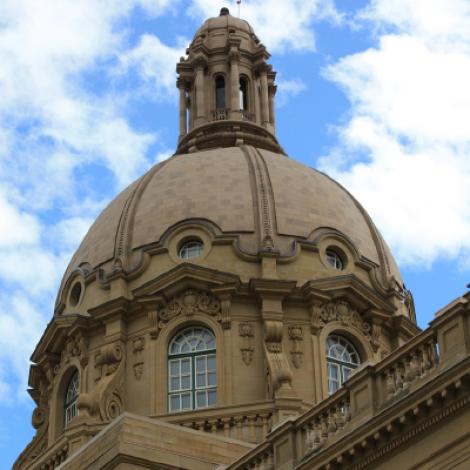Casual Legal: Making cents of Business Improvement Areas
DISCLAIMER: This article is meant to provide information to Alberta Municipalities members only and is not intended to provide legal advice. You should seek the advice of legal counsel to address your specific set of circumstances. Although every effort has been made to provide current and accurate information, changes to the law may cause the information in this article to be outdated. This content is not intended for the general public.
By Ben Throndson
Reynolds Mirth Richards Farmer LLP
Alberta Municipalities Casual Legal Service Provider
A Business Improvement Area (“BIA”) refers to a formal legal association through which businesses in a certain geographic area may combine efforts and resources to improve and promote the zone.
BIAs are established by municipal bylaw pursuant to section 50 of the Municipal Government Act (MGA) and the Business Improvement Area Regulation. As set out in the MGA, the purposes of a BIA are to improve, beautify, and maintain property and public parking, and to promote the BIA as a business or shopping area.
The process for establishing a BIA begins with a signed request to council by persons who represent at least one quarter of the taxable businesses should the BIA be established. The request must set out the proposed purposes and boundaries of the BIA. The municipality must then take steps to notify affected businesses within the proposed area. If a petition objecting to the establishment of a BIA is not received, council may pass a BIA bylaw designating the improvement area, describing the purpose of the area, and establishing a BIA board. Board members are appointed by council based on nominations from taxpayers within the BIA, and council may appoint one or more councillors to be members of the board.
The municipality must also pass a BIA tax bylaw authorizing the imposition of a tax on all businesses operating within the designated region, other than certain exempted businesses. The BIA board is responsible for establishing a budget for the calendar year estimating the board’s required revenue and operating expenses. The proposed budget is subject to approval and amendments by council. Although a BIA board is a corporation, the BIA is not a profit-driven enterprise. The board must apply all income and any profits to promoting the objects of the board, and must not pay dividends to any person.
BIA boards collaborate with regional businesses to coordinate special events and enhance vibrancy within the area with the aim of supporting local economic development. While there are certain rules BIAs must follow, as referred to in this article, these areas can encourage economic growth in specific locations.
To access Alberta Municipalities Casual Legal Helpline, Alberta Municipalities members can call toll-free to 1-800-661-7673 or casuallegal [at] abmunis.ca (email) to reach the municipal legal experts at Reynolds Mirth Richards and Farmer LLP. For more information on the Casual Legal Service, please call 310-MUNI (6864) or riskcontrol [at] abmunis.ca (email) to connect with Alberta Municipalities Risk Management staff. Any Regular or Associate member of Alberta Municipalities can access the Casual Legal Service.


